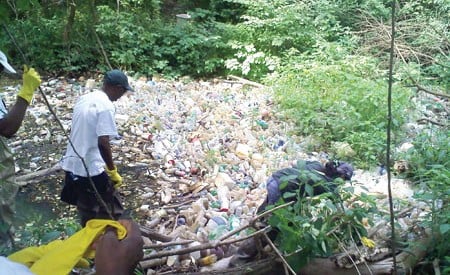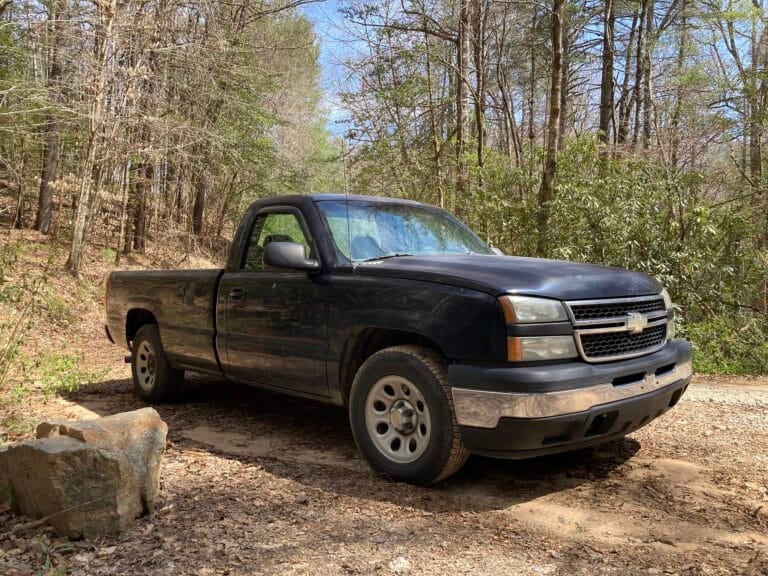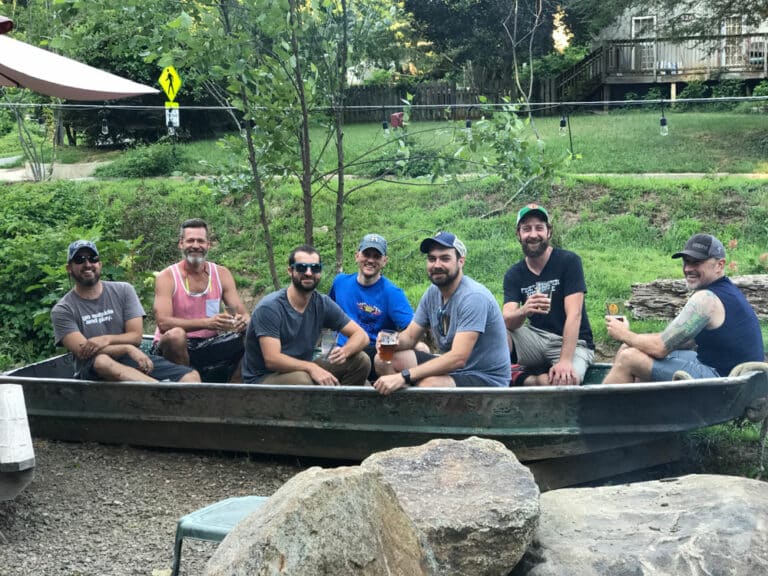Jorge Bogantes Montero has just led us a short distance into Pope Branch Park, a tiny splotch of forest sheltering a tributary that feeds the Anacostia River, which slices through the nation’s capital and is arguably one of America’s 10 most polluted urban waterways. Although the forest looked and sounded healthy—crickets sang, the nearby creek burbled—mostly what we saw was ivy. It blanketed the vegetation, the ground, everything, weakening tree bark, out-competing native plants for sunlight, and ultimately degrading the ecosystem upon which the river depends. It had to go, and this group of hardy volunteers was teaming up to make a small dent. I admired their pluck but, gazing at the sea of green, did not envy their enormous task.
Like many urban rivers, the vast, 176-square-mile Anacostia River Watershed has been hammered by human encroachment. But the so-called “forgotten river” is suffering more than most, and its prodigious filth has become something of a legend in the D.C. area. The man-made insults include wholesale colonization by numerous invasive species, rampant stormwater runoff funneled by thousands of acres of concrete and asphalt, toxic chemicals disgorged by farms and factories, trash carelessly tossed, trees shorn from now-eroding riverbanks, wetlands drained and shriveled, and raw human waste leaked from decrepit sewage systems.
It didn’t have to be this way. The formerly untouched watershed, which feeds the iconic Potomac River and encompasses most of the eastern half of the District of Columbia and large parts of two adjacent Maryland counties, has a tragic history. The once-pristine, fish-filled Anacostia helped sustain the Nanchotank Indians until the early 17th century when Europeans arrived and began decimating the area’s dense forests to make way for tobacco and other cash crops. Since then, the river has slowly succumbed to creeping urbanization and everything that goes with it, resulting in a degraded watershed that reflects its former glory like a shattered mirror reflects a beauty contestant.
Hamid Karimi, deputy director of the District Department of the Environment (DDOE), wants to change that. He spearheads the District’s part in the Anacostia Watershed Restoration Partnership (AWRP), an unprecedented, multi-jurisdictional, all-hands-on-deck effort to make the watershed fishable and swimmable again. The partnership has its roots in a 1987 agreement among various local, state, and federal agencies. The resulting Anacostia Watershed Restoration Committee set some pollution-reduction targets, but many of them were missed. By 2006, everyone knew that a more comprehensive approach was needed.
Thus the AWRP was born. Its goals, which are nothing if not ambitious, include cutting pollutants of all sorts, revitalizing fish populations, restoring wetlands, increasing biodiversity, reforesting denuded slopes, and—perhaps most important—helping the locals understand their part in all of this.
Karimi’s immediate objective is more modest: he just wants to take his children canoeing on the river without them contracting some exotic disease.
“If my kids fall in, I don’t want to worry about their health,” he said. “What fun is that?”
Such worries are understandable. One look at the trash-laden water, one whiff of the fetid stench emanating therefrom, and it’s easy to write off the entire area as a no-go zone. You might as well tell little Johnny to play on the train tracks.
But this ugly facade disguises hidden potential. For all of its flaws, the river is home to a surprising variety of wildlife, including bald eagles, great blue herons, red foxes, and even a few hardy fish.
“It’s still a major resource, but it could be used a lot more if it were protected and promoted,” Karimi said. “In the past, the river has been perceived as a liability. We are trying to develop it into an asset.” The issue is how to accomplish this when so many government entities have a vested interest in the outcome. After all, there’s no point in the District cleaning up its part of the river if the feds ignore theirs just upstream. It has to be a collective effort. But that’s easier said than done in an age of warring government fiefdoms.
This explains Karimi’s excitement about the AWRP, which to his knowledge is the only watershed restoration plan in the country that encompasses so many local, state, and federal agencies. Progress since the group’s formation has been spotty but real.
For example, stormwater runoff is the largest source of diffuse pollution fouling the river. To help curtail the flow, the District has installed more “green roofs” on its buildings in the past two years than any other North American city. Unlike regular roofs, the green variety features grasses and other plants that soak up rainwater, which otherwise would bounce off and wash all manner of street crud right into the Anacostia. Another prong of the District’s stormwater management plan is aimed at new developments and substantial redevelopments; these are now required to capture a large majority of the runoff from their properties before it can enter the watershed.
Karimi cites other signs of improvement too, including the District’s five cent charge for plastic bags in retail stores (also implemented by the state of Maryland), which has been credited with eliminating about 50 percent of the bags that end up in the river; passive trash facilities that sweep detritus from flowing water; combined sewer tunnels that help contain overflow; reinforced riverbanks; and measurable progress in restoring many of the river’s 13 major tributaries, including Pope Branch.
Perhaps as a sign of such progress, the river is now part of the Captain John Smith water trail system. Established in 2006 as the nation’s first all-water national historic trail, it covers some 3,000 miles throughout the greater Chesapeake Bay watershed and more or less traces routes the colonial-era icon took from 1607 to 1609.
Given what has been accomplished so far, Karimi said he is cautiously optimistic about the future.
“Although the Anacostia has a lot of issues and there is much more to be done, it’s still beautiful, even now,” he said.








